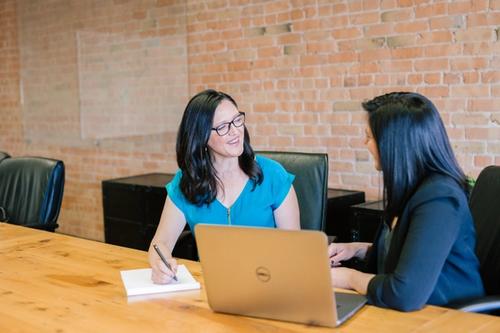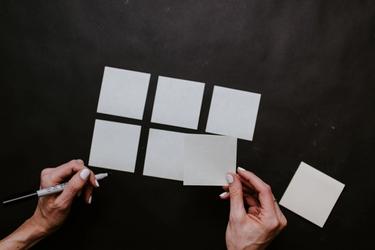User InterviewingMethod
In individual user interviews, an interviewer talks with single interview participant, usually for between 30 minutes to an hour. Individual interviews allow you to probe participants' attitudes, beliefs, desires, and experiences to get a deeper understanding of those who use your site or service. Interviews can take place face-to-face, by phone or video conference, or even via instant messaging system.
You might also use individual interviews to supplement online surveys. Performing an interview before a survey helps you to refine questions for the survey. Interviewing participants after a survey allows you to probe for details and reasons behind answers that users give on a survey.
Preparation
User Interviewing is often more effective when it is informed by these complementary methods.
Steps
- Create a guide for yourself of some topics you’d like to ask about, and some specific questions as a backup. Questions will often concern the individual’s role, the organization, the individuals’ needs, and metrics for success of the project.
- Sit down one-on-one with the participant, or two-on-one with a note-taker or joint interviewer, in a focused environment. Introduce yourself. Explain the premise for the interview as far as you can without biasing their responses.
- Follow the conversation where the participant takes it. They will focus on their priorities and interests. Be comfortable with silences, which allow the participant to elaborate. To keep from getting entirely off course, use your interview guide to make sure you cover what you need to. Ask lots of “why is that” and “how do you do that” questions.
- If there are other products they use or your product doesn't have constraints imposed by prior work, observe the stakeholders using a competing product and consider a comparative analysis.
Outcomes
User Interviewing typically produces insight and solutions focused on these areas:
User Preference
Elements, arrangements, or qualities of experience design that user state or show are valuable to them.
User Goals
The outcomes that users hope to accomplish with a site, service, or resource.
Mental Model
The user's conceptualization of how a product, system, or service works.









